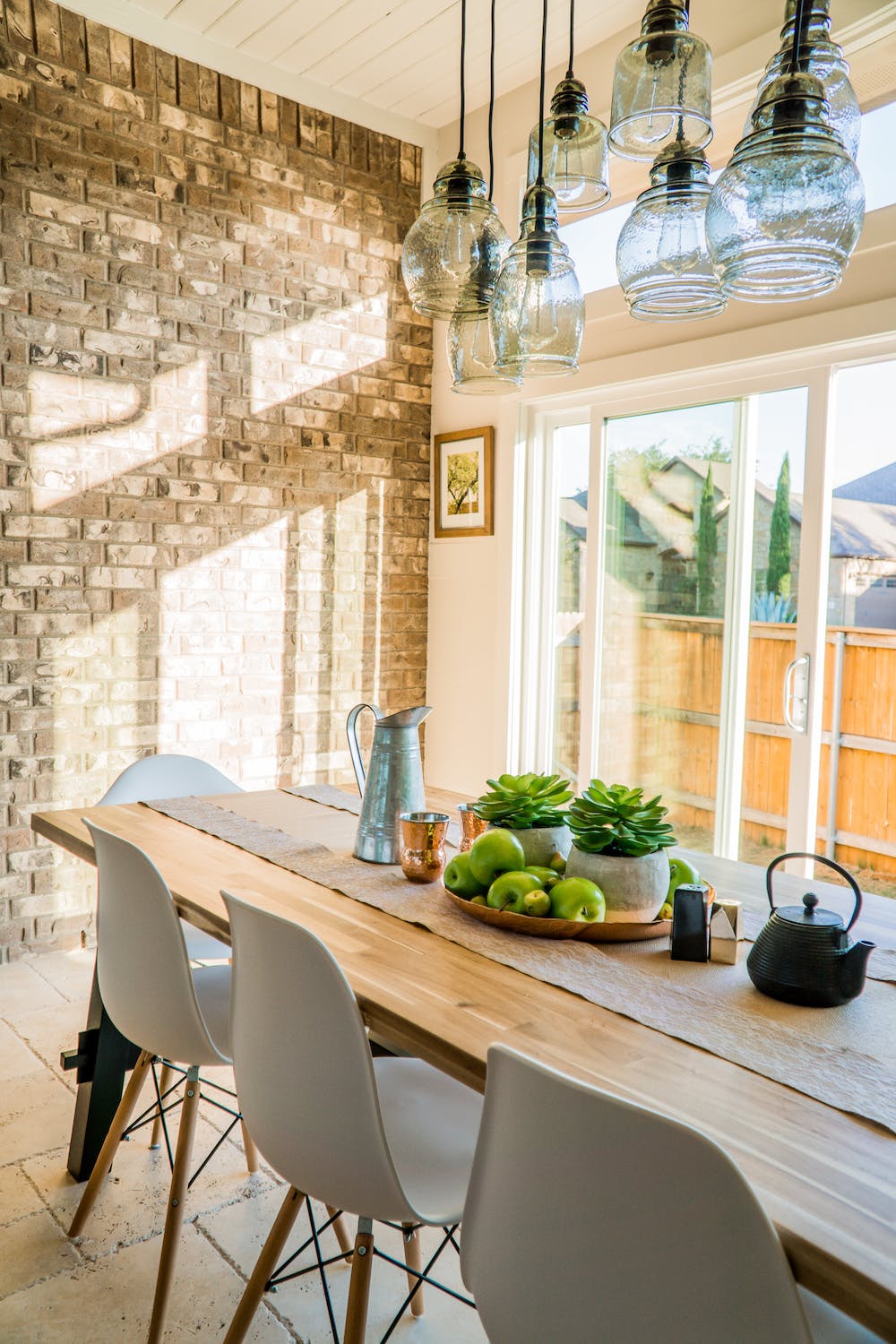How to insulate your conservatory roof

A conservatory can be a great addition to any home, providing extra space and allowing natural light to flood in. However, conservatories can be notoriously difficult to keep warm in the winter and cool in the summer, leading to higher energy bills and a less comfortable living space.
Insulating your conservatory roof can help to solve these problems, making your conservatory a more usable and enjoyable space all year round. In this article, we'll look at how to insulate a conservatory roof.
The cost of insulating a conservatory roof can vary depending on several factors, such as the size of the roof, the type of insulation material used, and whether you hire a professional installer or do it yourself.
If you choose to install the insulation yourself, the cost can range from around £200 for a basic DIY insulation kit to £1,000 or more for higher-quality insulation materials. Professional installation can cost anywhere from £500 to £3,000 or more, depending on the complexity of the job and the materials used. It's important to note that the cost of insulation may be offset by the energy savings you'll enjoy over time.
By keeping your conservatory warmer in the winter and cooler in the summer, you can reduce your heating and cooling bills and create a more comfortable living space. Additionally, insulation can help to increase the overall value of your home.
1. Identify the type of conservatory roof
The first step in insulating your conservatory roof is to identify the type of roof you have. There are two main types of conservatory roof - glass and polycarbonate. Glass roofs tend to be more energy-efficient, as they allow less heat to escape, while polycarbonate roofs are less expensive and more lightweight.
2. Choose the right insulation material
Once you have identified the type of roof you have, you can choose the right insulation material. There are several different types of insulation that can be used for conservatory roofs, including rigid insulation boards, multifoil insulation, and spray foam insulation. Rigid insulation boards are the most commonly used type of insulation for conservatory roofs, as they are easy to install and provide good thermal insulation.
3. Prepare the roof Before installing the insulation, you will need to prepare the roof by cleaning it and removing any debris or dirt. You should also check for any leaks or damage to the roof, as these will need to be repaired before you can insulate it.
4. Install the insulation
Once the roof is prepared, you can begin installing the insulation. If you are using rigid insulation boards, you will need to cut them to size and fit them between the rafters of the roof. You should leave a small gap between the insulation and the roof surface to allow for ventilation. If you are using multifoil insulation, you can simply roll it out and staple it to the rafters. Spray foam insulation is applied as a liquid and then expands to fill the space between the rafters.
5. Finish the job
Once the insulation is installed, you can finish the job by installing plasterboard or a similar material to cover the insulation and create a smooth, finished surface. You can then paint or decorate the ceiling to match the rest of your conservatory.
In conclusion, insulating your conservatory roof can be a great way to make your conservatory a more usable and comfortable space. By choosing the right insulation material and installing it correctly, you can reduce your energy bills and enjoy your conservatory all year round.